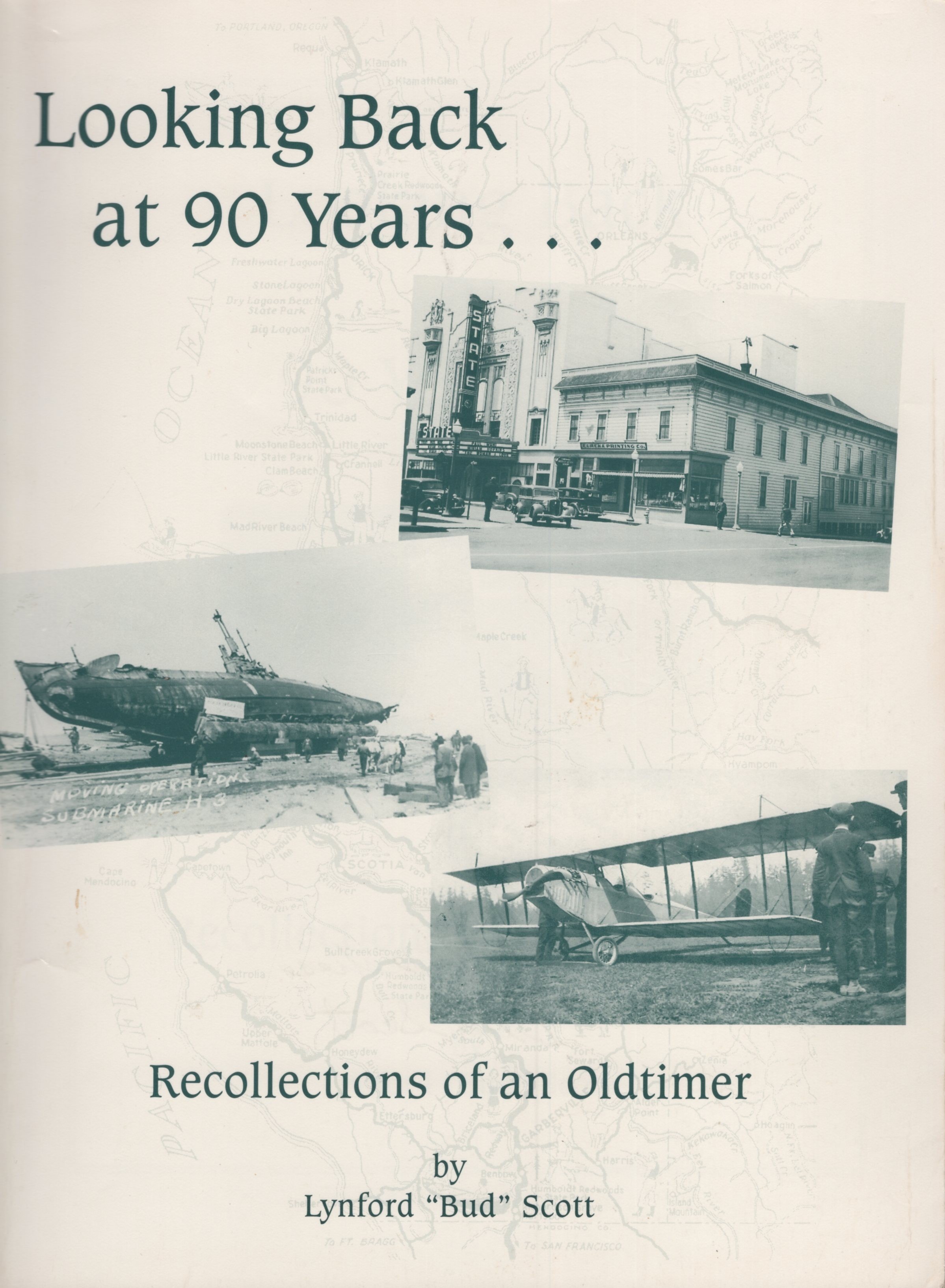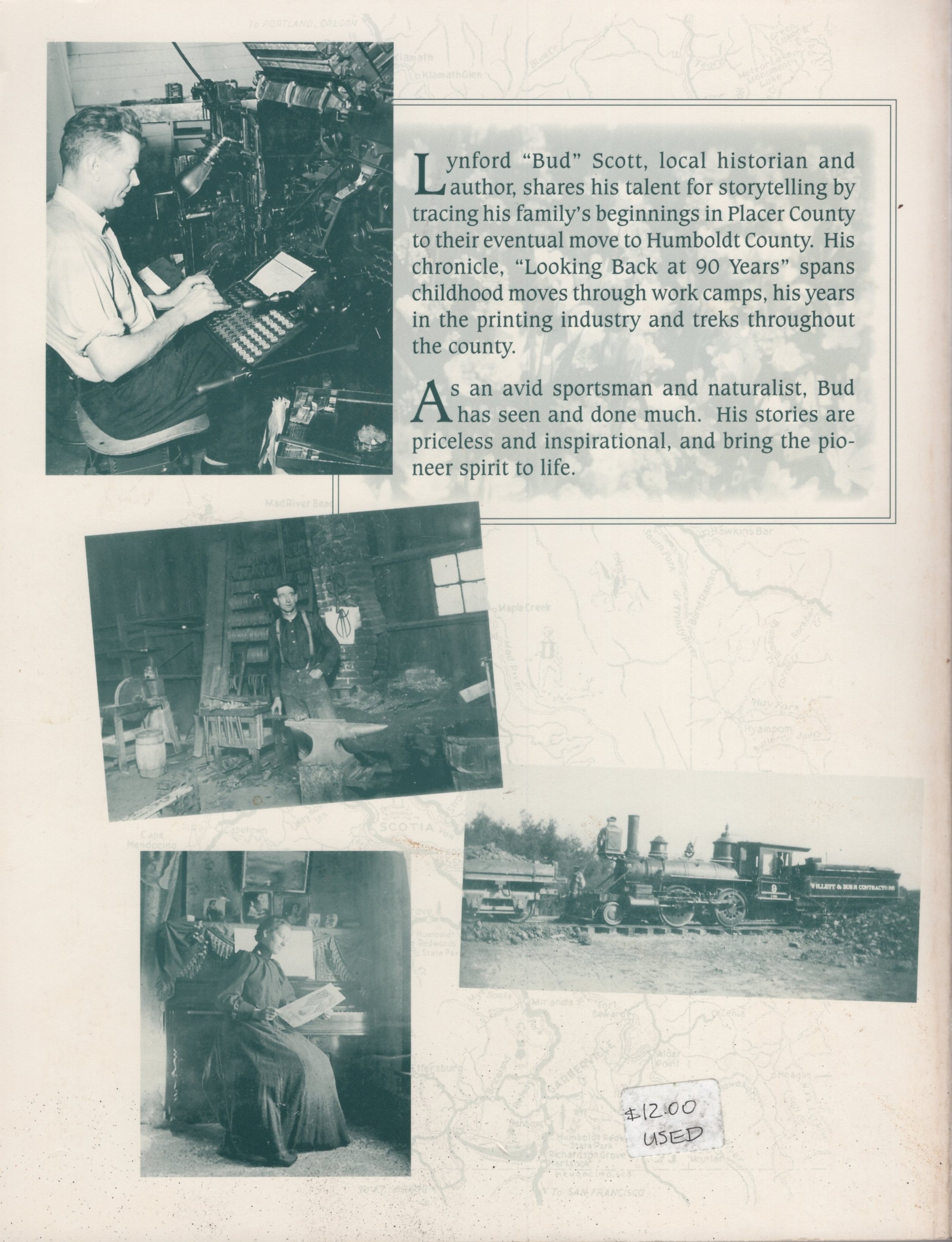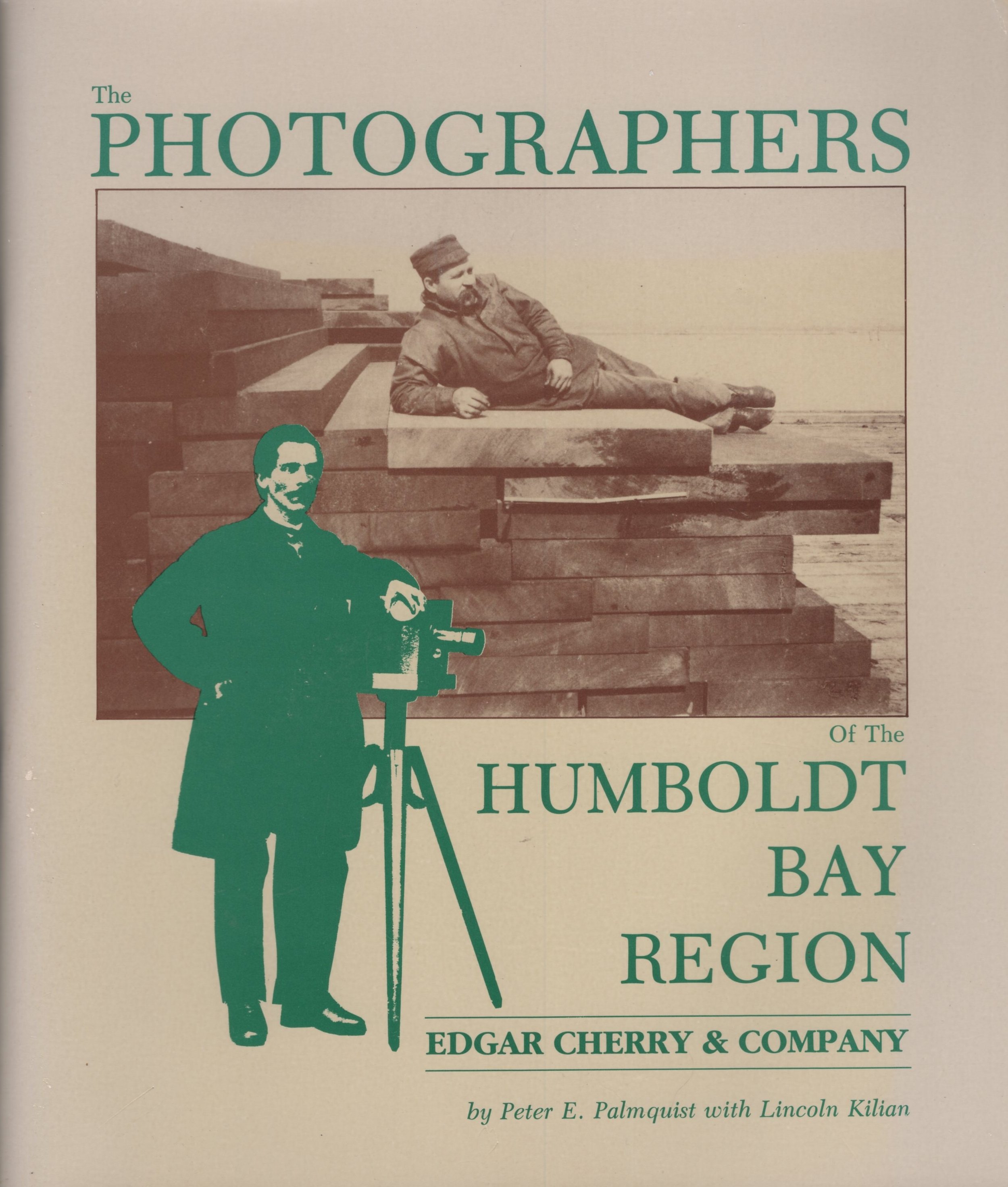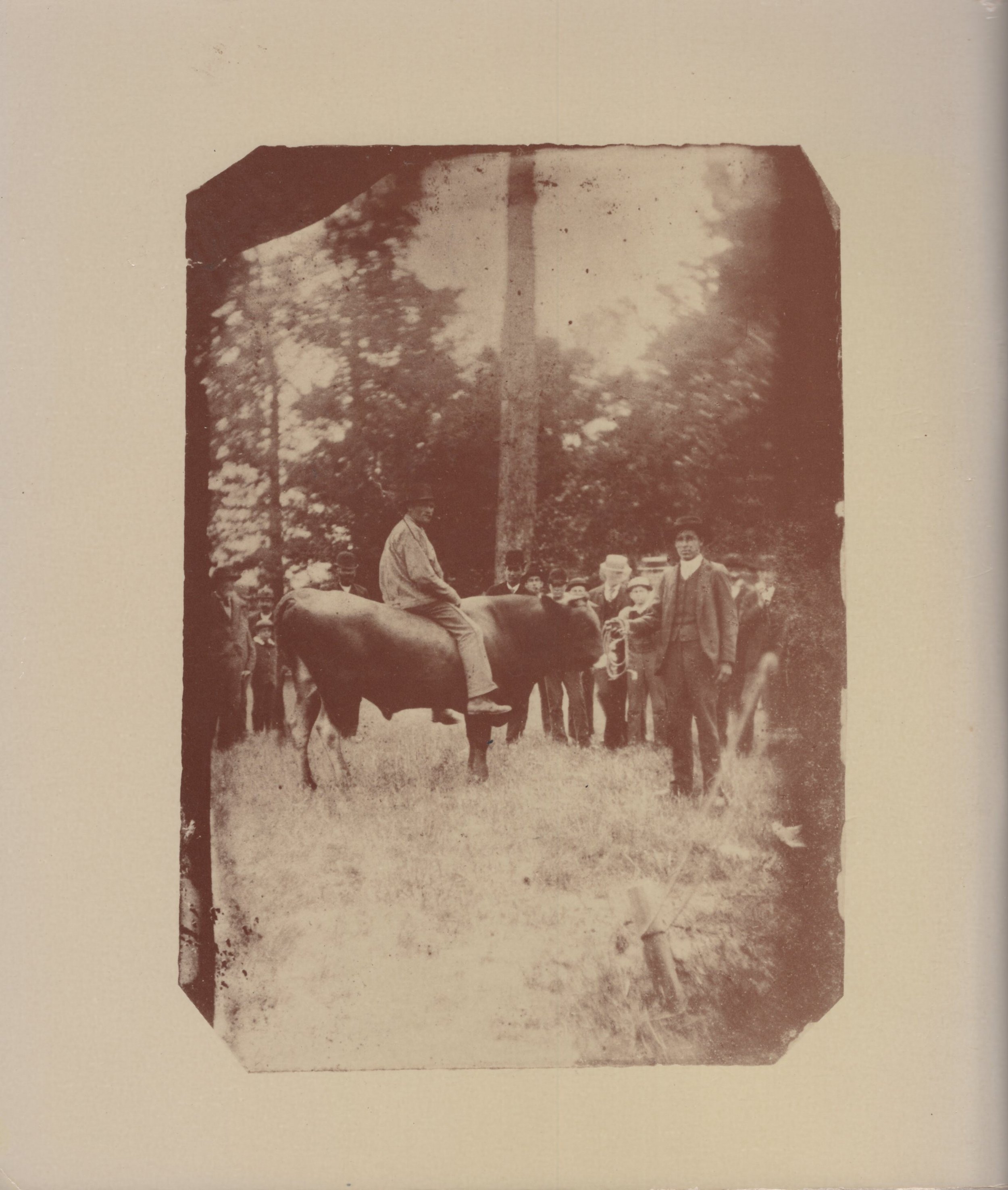Trinidad
Trinidad
The Arcadia "Images of America" series has a number of books on Humboldt communities -- from south to north. On the north end, is a popular one, "Trinidad" by Dione Armand. In it, the author shows how Trinidad is a unique combination of many of the elements that make Humboldt County special.
Like all the books in this series, this one is filled with some 200 informatively captioned photographs. They tell how the area was originally the center of a thriving Yurok population and then how it was touched by Russian, English and Spanish explorers -- the Spanish claiming and naming it. Then came the flood of Euro-Americans initially seeking gold.
The transition to other enterprises and the building of a community is also well covered photographically. As the Yurok knew, the bays and coastline were prime fishing territory, eventually including processing the biggest catch of all -- whales. We are also shown how, as in much of Humboldt, timber logging and milling came to dominate around Trinidad and in nearby Crannell. And we see how Trinidad's rocky, often fog-shrouded coast necessitated the location of the Trinidad lighthouse -- which still operates today.
But more than simply dwelling on the historic and economic factors, this book gives us a view of this tight-knit community with its characters, parades and events such as an annual Crab Feed and the Blessing of the Fleet. And throughout, we learn how the welcoming beauty of the place has long drawn in tourists and vacationers adding to its prosperity. Read it and see how a book titled "Trinidad" should be on Humboldt bookshelves. No, it is not about a Caribbean island but about a community that epitomizes what is special about our part of California.







